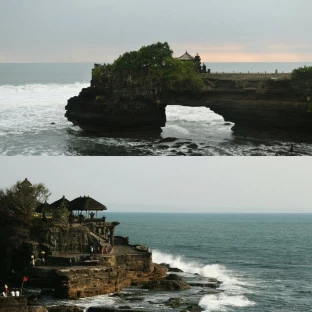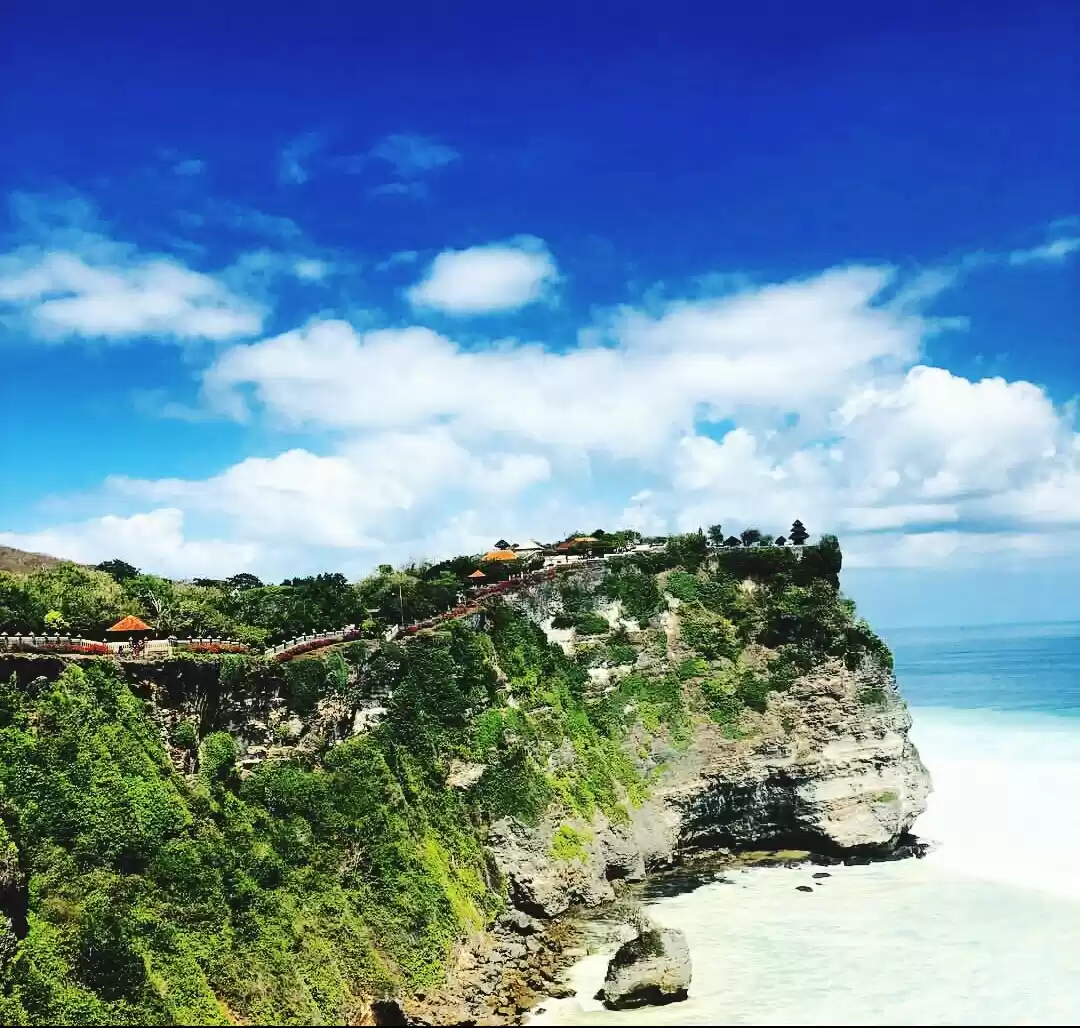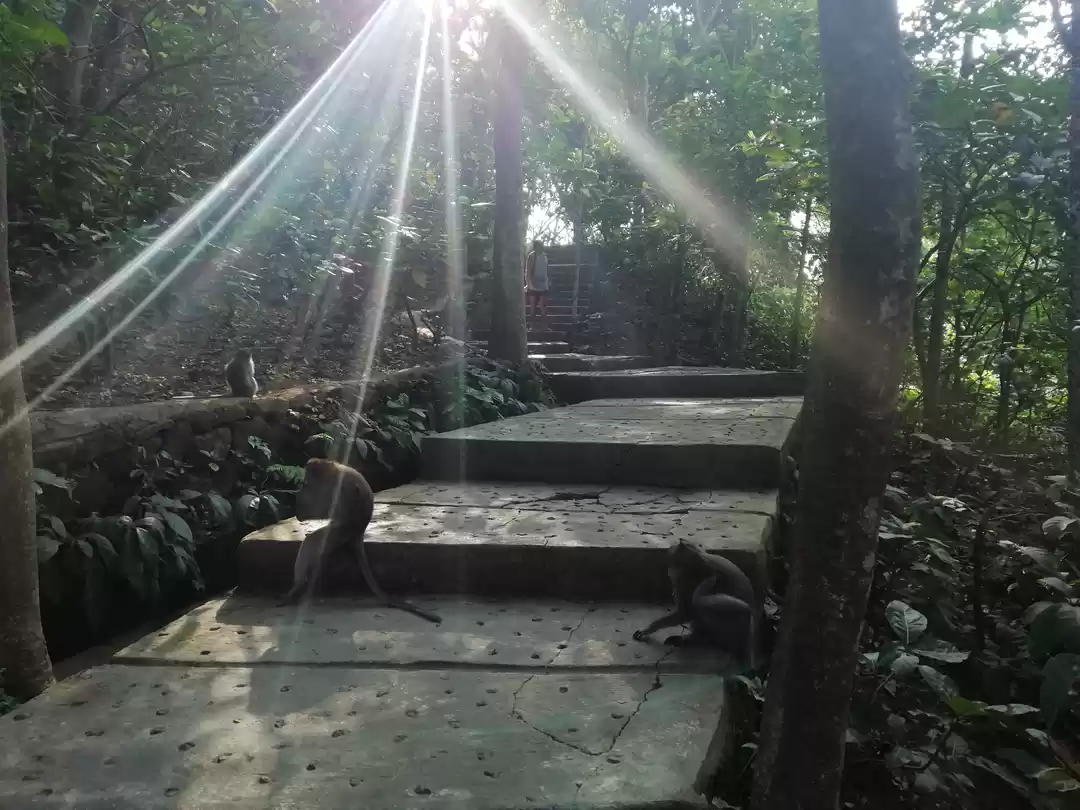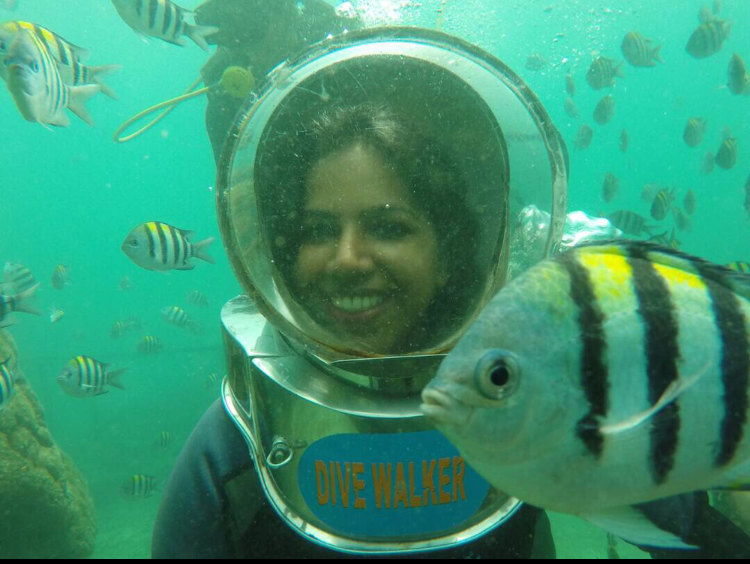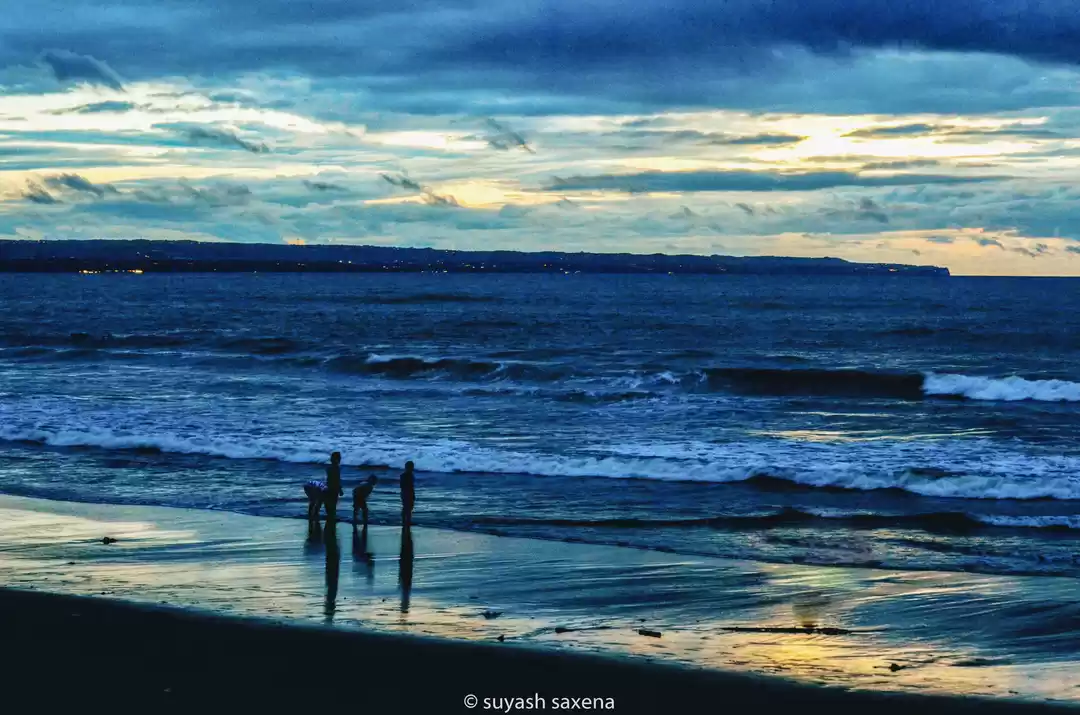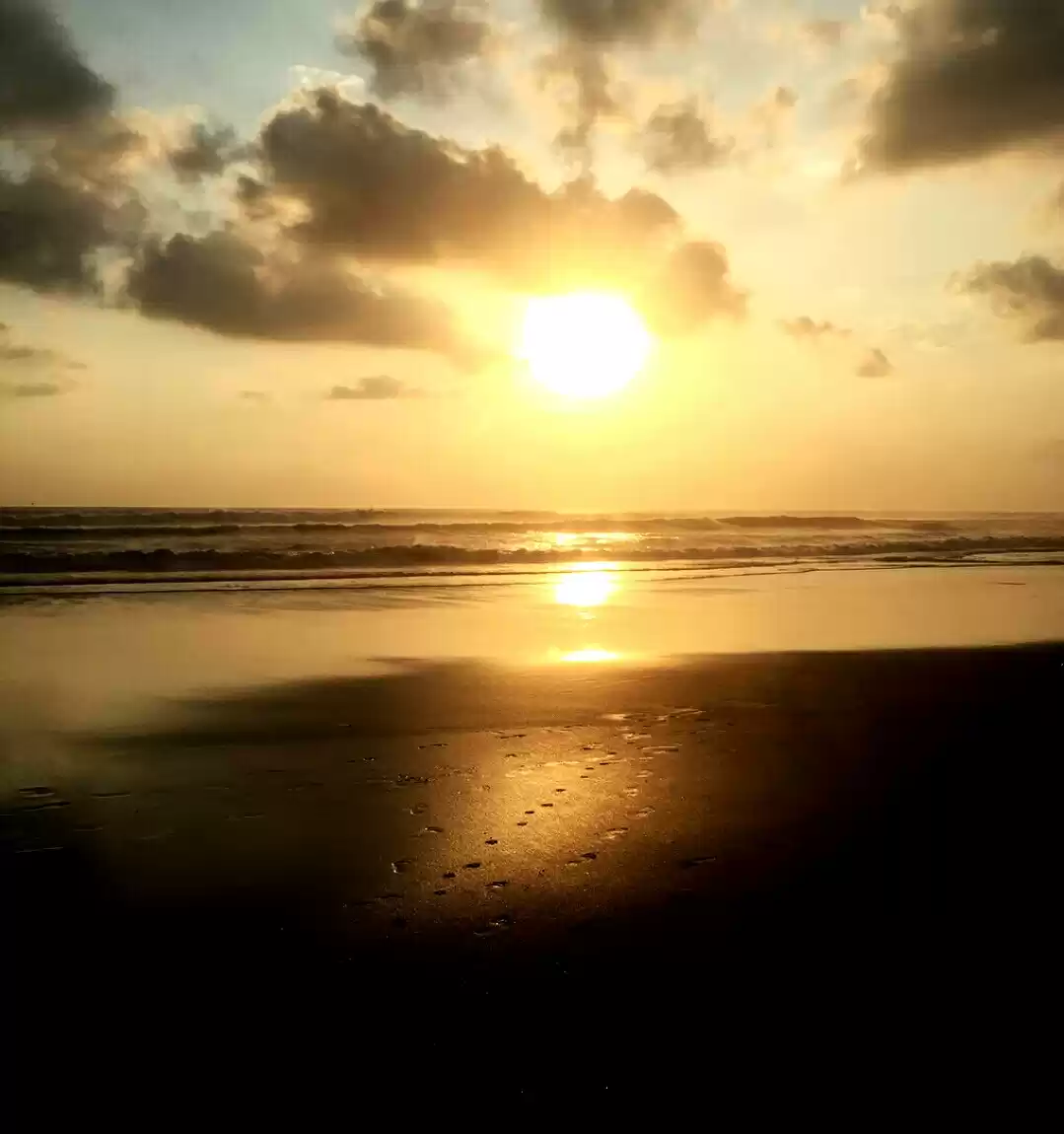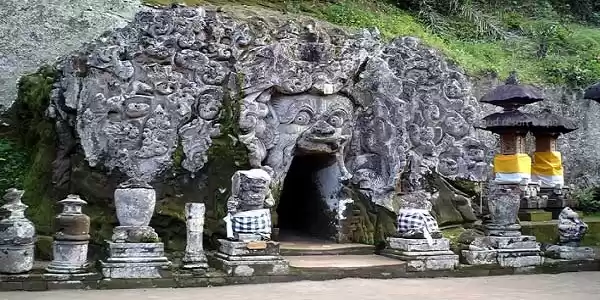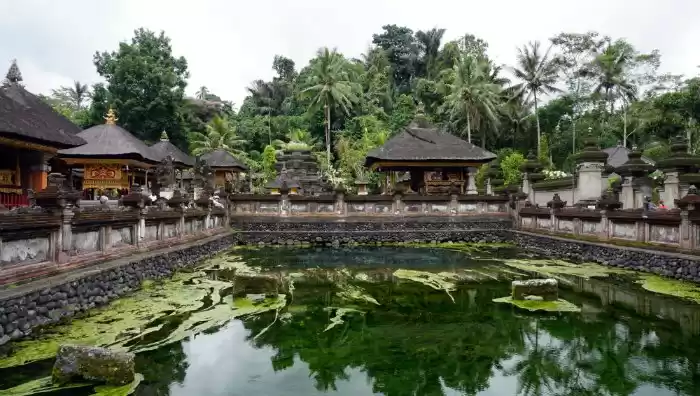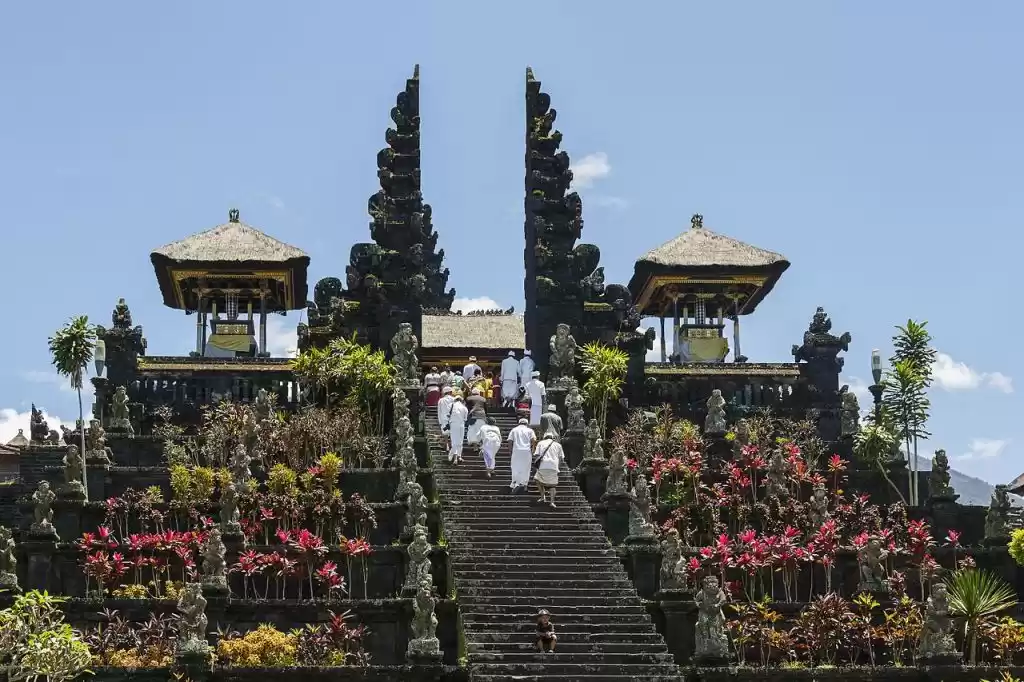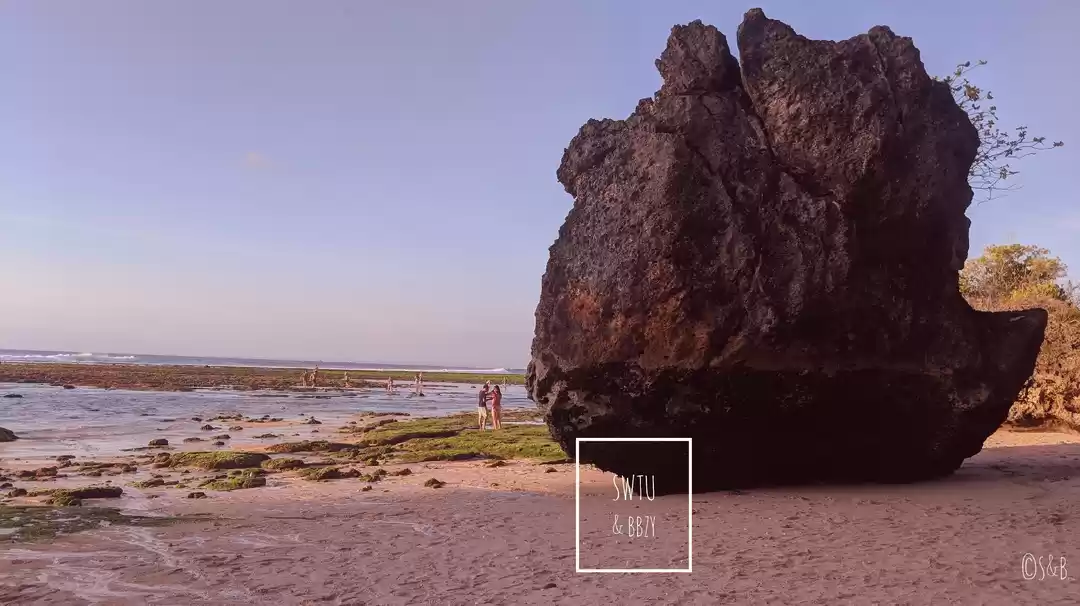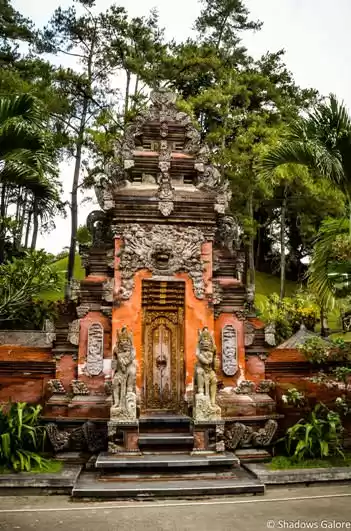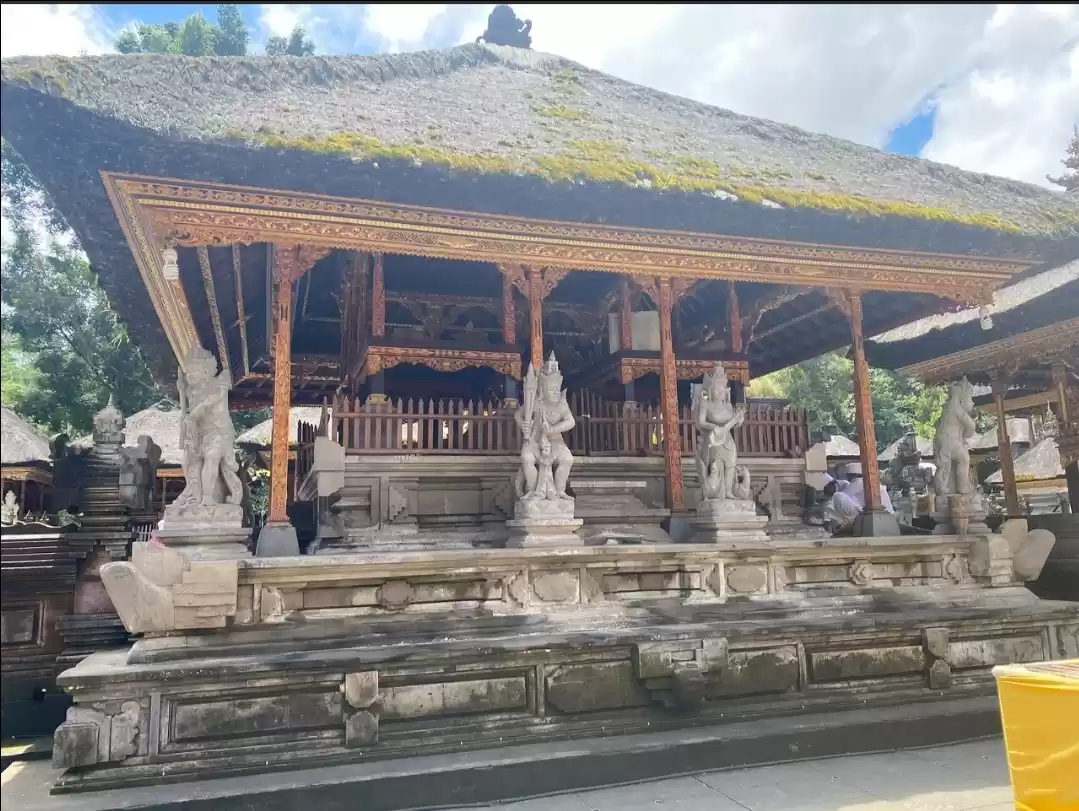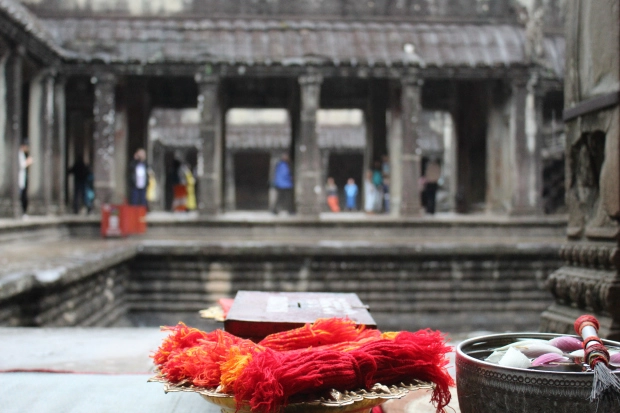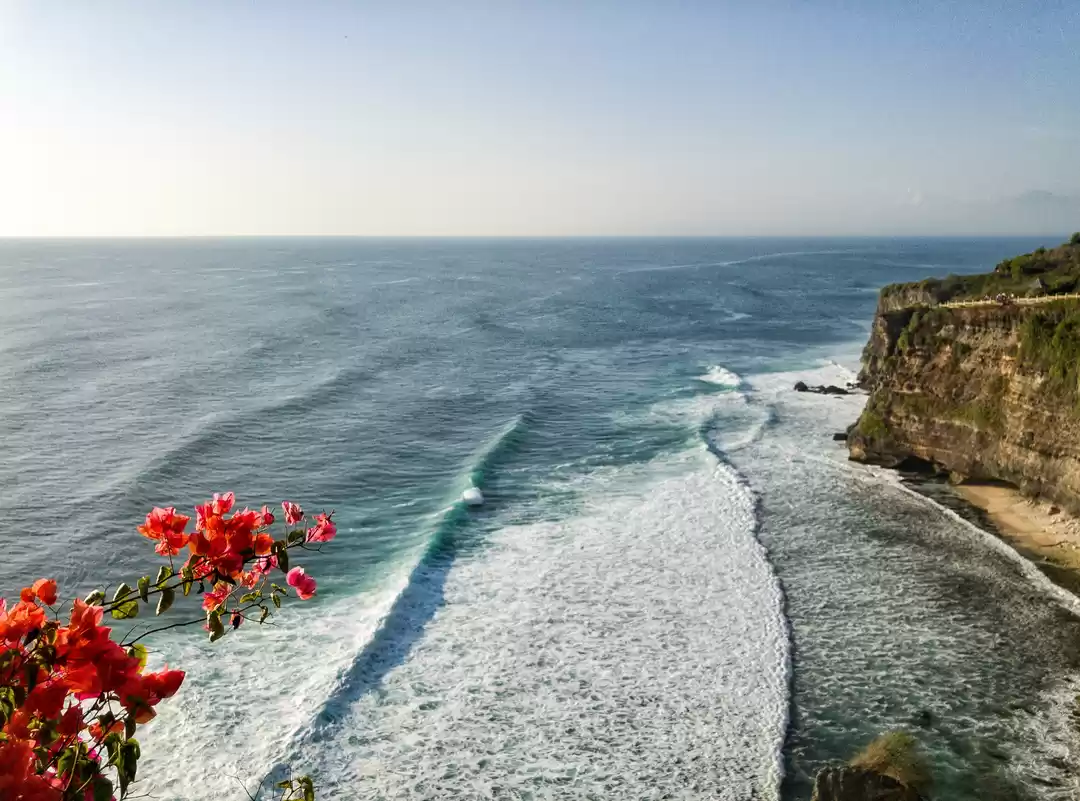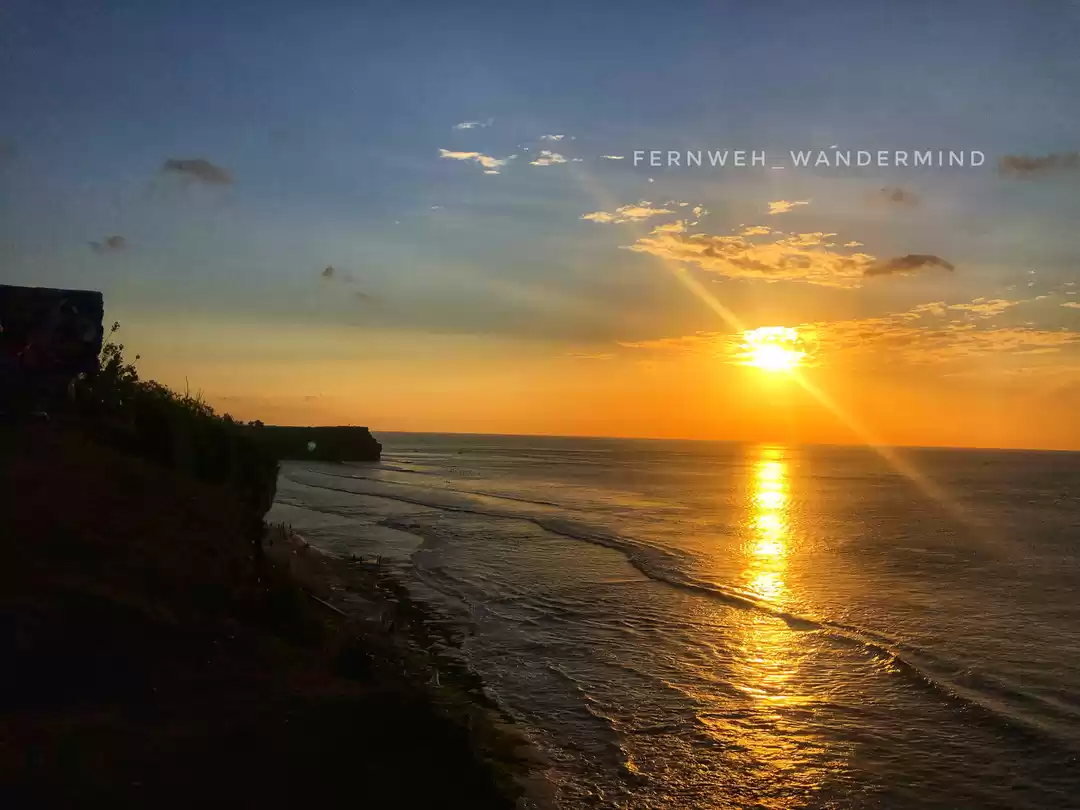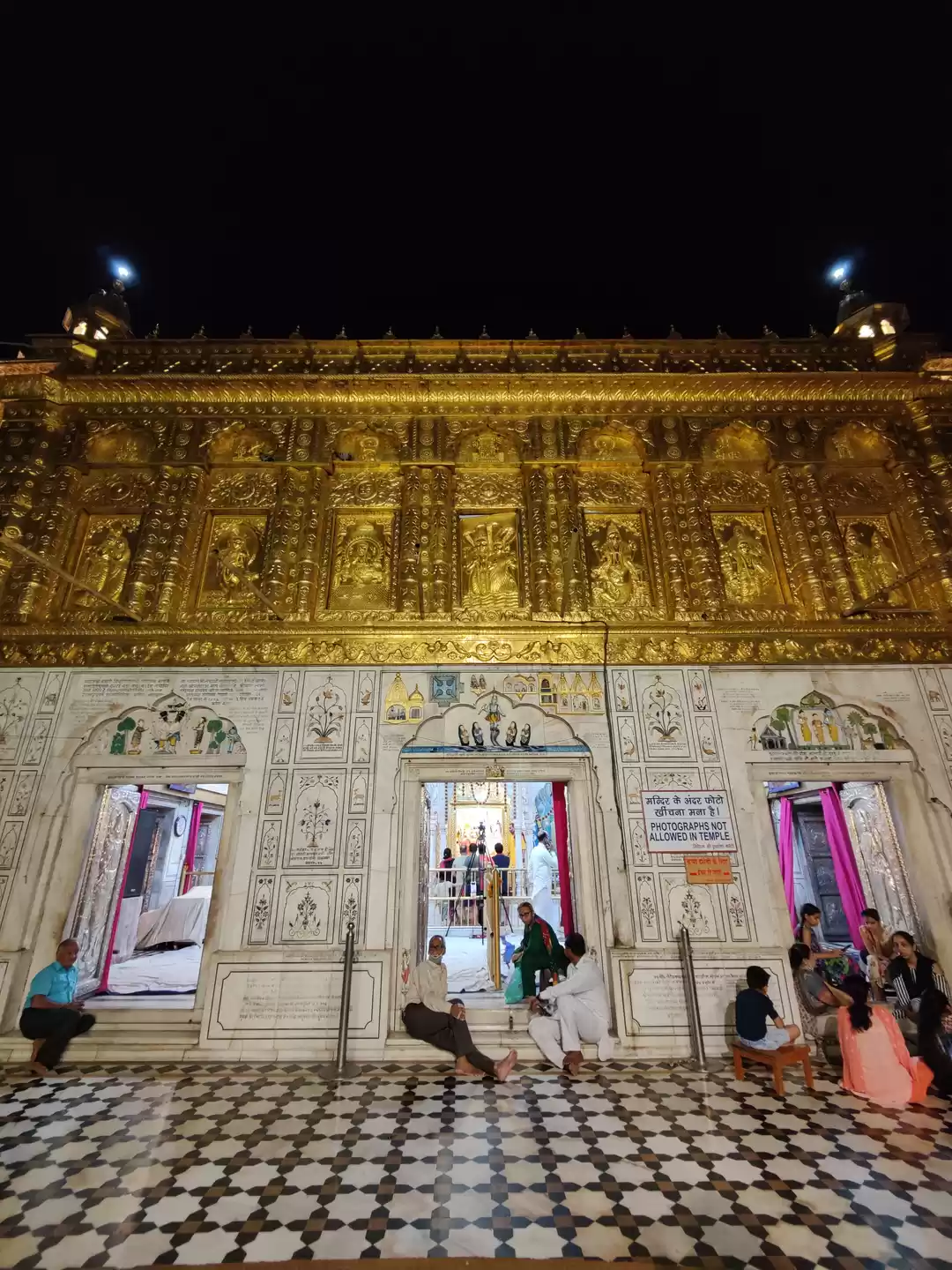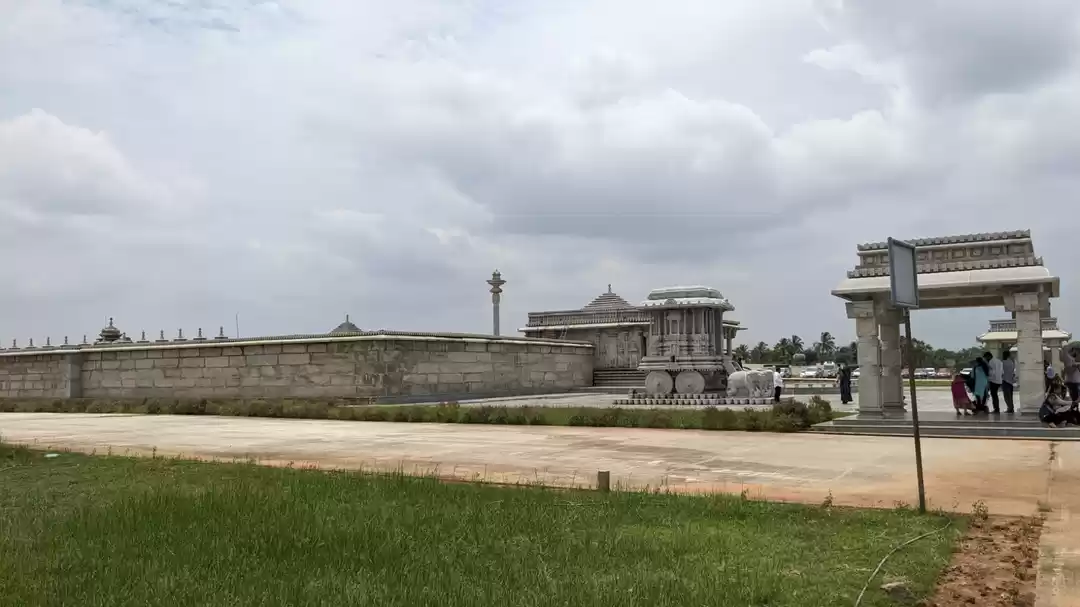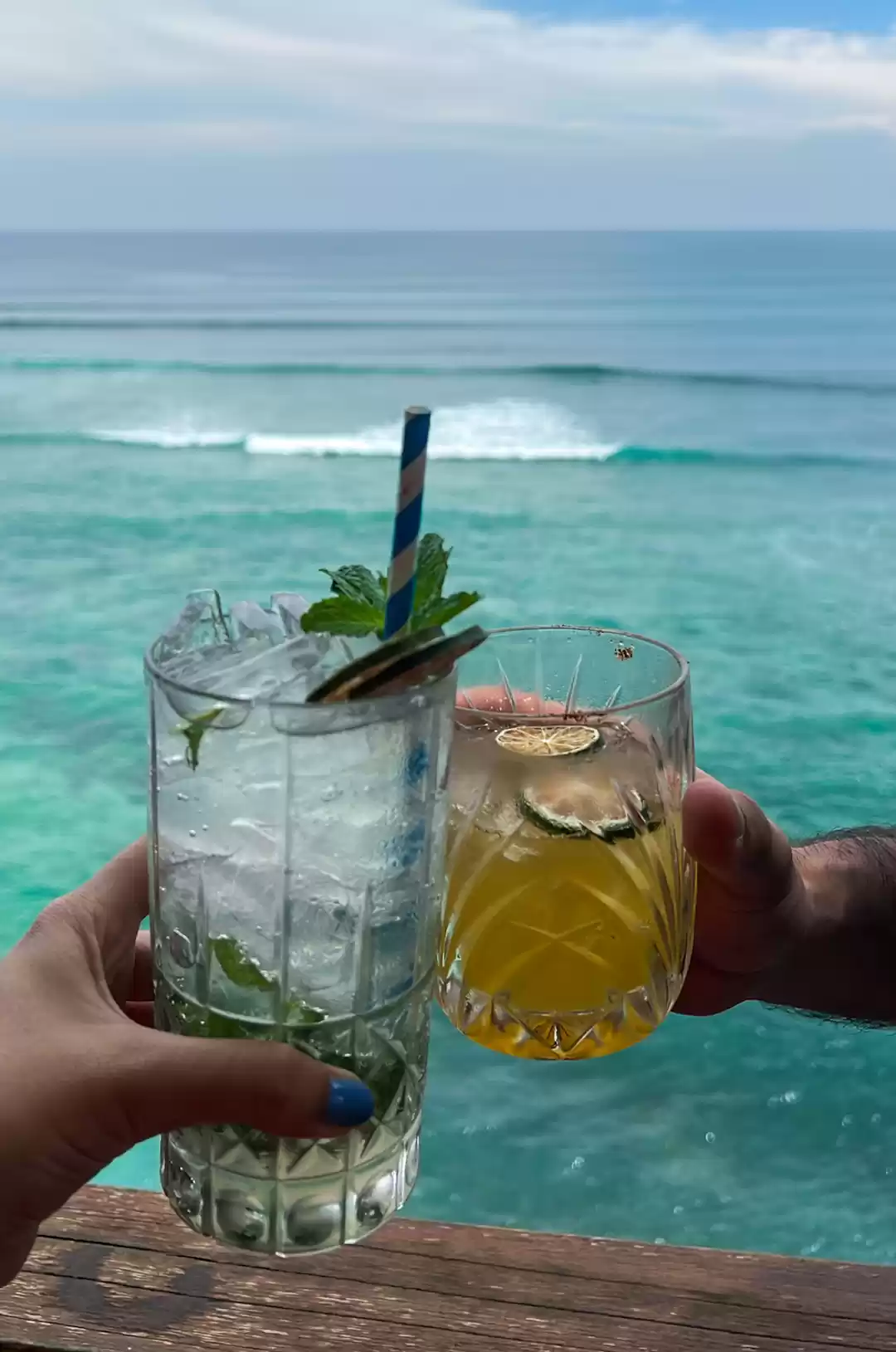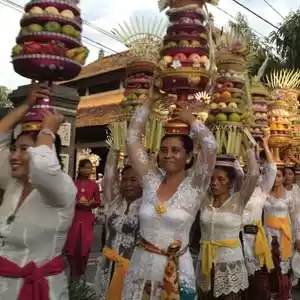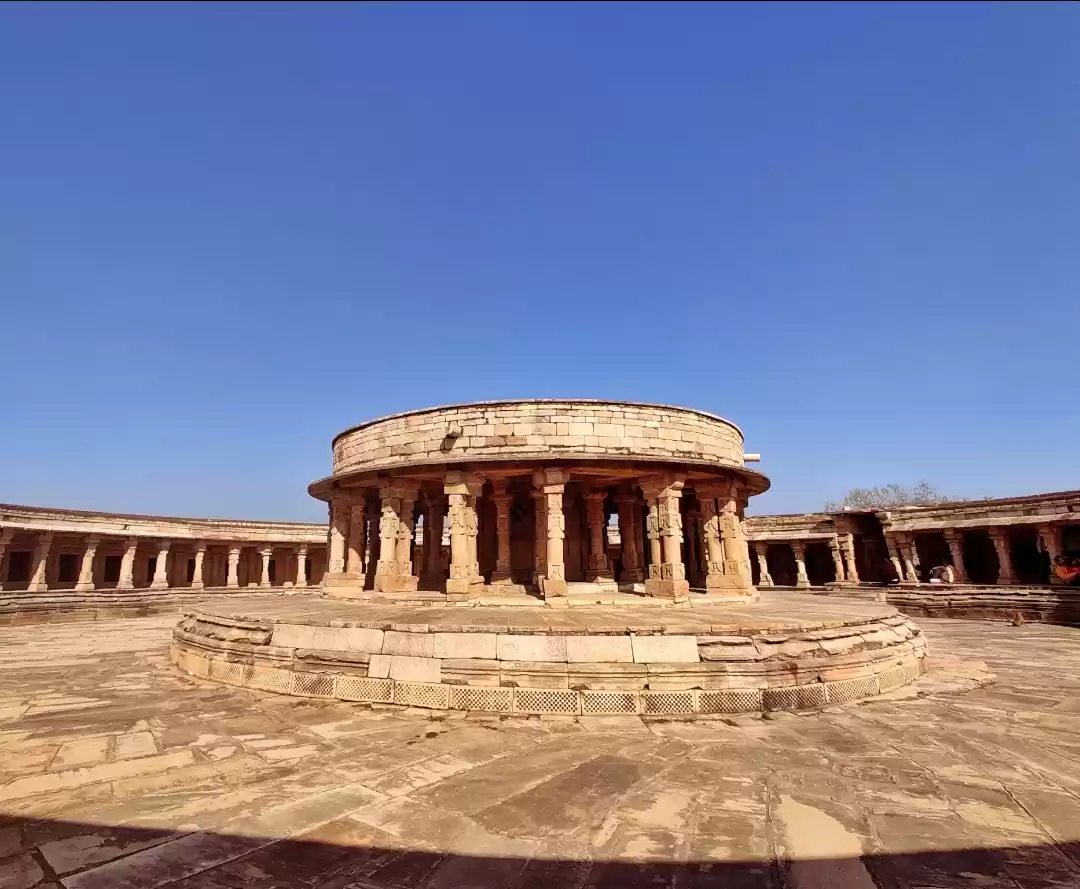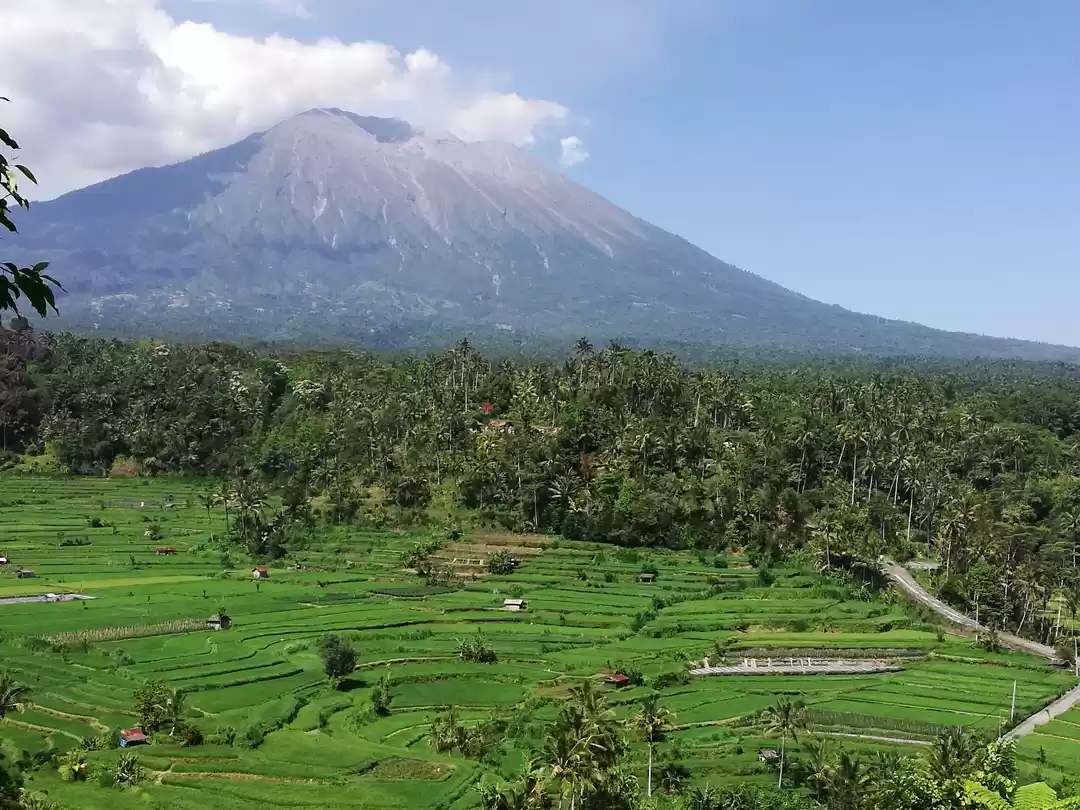If you are looking for a unique and spiritual experience in Bali, you should not miss visiting Tirta Empul, one of the island’s most sacred and ancient water temples. Located in the village of Manukaya, about 15 km northeast of Ubud, Tirta Empul is a stunning complex of pools, fountains, shrines, and statues that dates back to the 10th century. Tirta Empul means “holy water spring” in Balinese, and it refers to the natural source of water that flows into the temple and is believed to have healing and purifying powers. Thousands of pilgrims and tourists come to Tirta Empul every year to bathe in the holy water and participate in the rituals and ceremonies that take place there.
In this article, we will guide you through everything you need to know about Tirta Empul, from its history and legend, to its architecture and layout, to its purification and spirituality, to its tips and advice for visiting. We will also suggest some other nearby attractions that you can combine with your temple visit, and some of the best places to stay, eat, and shop in the area. Whether you are a solo traveler, a couple, a family, or a group, you will find something to enjoy and appreciate at Tirta Empul, Bali’s most sacred water temple.
How to Get to Tirta Empul
Getting to Tirta Empul is easy and convenient, as there are many options for transportation available. You can choose to rent a car or a motorbike, take a taxi or a shuttle bus, or join a guided tour. Here are some of the details and prices for each mode of transportation:
Car or motorbike:
If you want to have more flexibility and freedom, you can rent a car or a motorbike and drive to the temple yourself. The road to Tirta Empul is well-paved and signposted, and you can use Google Maps or Waze to navigate your way. The rental price for a car is around 300,000 IDR ($21) per day, and for a motorbike is around 50,000 IDR ($3.5) per day. You can find many rental shops in Ubud, Kuta, or Denpasar, or book online in advance. You will also need to pay for the petrol, which is around 10,000 IDR ($0.7) per liter, and the parking fee, which is around 5,000 IDR ($0.35) at the temple.
Taxi or shuttle bus:
If you prefer to have more comfort and convenience, you can take a taxi or a shuttle bus to the temple. The taxi fare from Ubud to Tirta Empul is around 150,000 IDR ($10.5), and from Kuta or Denpasar is around 300,000 IDR ($21). You can use apps like Grab or Gojek to book a taxi, or hail one on the street. The shuttle bus fare from Ubud to Tirta Empul is around 50,000 IDR ($3.5), and from Kuta or Denpasar is around 100,000 IDR ($7). You can book a shuttle bus online or at any travel agency in Bali. The shuttle bus will drop you off at the temple entrance, and pick you up at a designated time.
Guided tour:
If you want to have more insight and guidance, you can join a guided tour to the temple. There are many tours that include Tirta Empul as part of their itinerary, along with other attractions in the area. The tour price usually includes the transportation, the entrance fee, the guide, and sometimes lunch and water. The tour price ranges from 300,000 IDR ($21) to 800,000 IDR ($56) per person, depending on the duration and the quality of the tour. You can book a guided tour online or at any travel agency in Bali.
The opening hours of Tirta Empul are from 9 am to 5 pm, every day of the week. The entrance fee for the temple is 50,000 IDR ($3.5) per person, and it includes a sarong and a sash that you need to wear to enter the temple. The dress code for the temple is modest and respectful, meaning that you need to cover your shoulders and knees, and avoid wearing anything too tight or revealing.
You also need to take off your shoes before entering the temple, and store them in a locker or a bag. If you plan to bathe in the holy water, you need to bring a change of clothes, a towel, and a plastic bag to keep your wet clothes. You can also rent a locker and a towel at the temple for 10,000 IDR ($0.7) each.
What to See and Do at Tirta Empul
Tirta Empul is a fascinating and beautiful temple that offers a lot to see and do. The temple complex is divided into three courtyards, each with its own features and attractions. Here are some of the highlights of each courtyard:

The first courtyard:
This is the outermost courtyard of the temple, and it is where you enter and pay the entrance fee. This courtyard is also where you can find the presidential palace, which was built by Indonesia’s first president, Sukarno, in 1954. The palace is not open to the public, but you can admire its architecture and gardens from the outside. You can also find some souvenir shops, food stalls, and restrooms in this courtyard.
The second courtyard:
This is the middle courtyard of the temple, and it is where you can find the purification pools, the holy spring, and the main shrines. This courtyard is the most sacred and popular part of the temple, and it is where most of the rituals and ceremonies take place. The purification pools are a series of 30 fountains that are fed by the holy spring, which emerges from a large stone carving of the god Indra. The fountains are arranged in two rows, and each one has a different name and function. The first 13 fountains are for purification and cleansing, the next 8 fountains are for blessing and prosperity, the next 6 fountains are for healing and protection, and the last 3 fountains are for funeral rites and cremation. To bathe in the holy water, you need to follow a certain procedure and etiquette.
First, you need to change into a sarong and a sash, and tie up your hair if it is long. Then, you need to enter the pool from the left side, and start from the first fountain. You need to rinse your face, mouth, and head three times under each fountain, and say a prayer or a wish. You need to skip the last three fountains, as they are reserved for the dead. You can also bring a bottle or a container to fill with the holy water and take home as a souvenir or a gift. The holy water is believed to have healing and purifying properties, and many people claim to have experienced miracles and blessings after bathing in it.
The holy spring is located behind the purification pools, and it is where the water originates from. The holy spring is enclosed by a wall, and it is only accessible by the priests and the temple staff. The holy spring is considered to be the source of life and prosperity for the Balinese people, and it is also connected to the nearby Mount Agung, the highest and most sacred volcano in Bali. The main shrines are located on the opposite side of the purification pools, and they are dedicated to various gods and goddesses.
The main shrines are decorated with colorful umbrellas, flags, and offerings, and they are where the priests and the devotees perform their prayers and offerings. The main shrines are also where some of the festivals and ceremonies take place, such as Galungan, Kuningan, or Purnama, which are some of the most important and celebrated occasions in the Balinese Hindu calendar.
The third courtyard:
This is the innermost courtyard of the temple, and it is where you can find some more shrines, statues, and gardens. This courtyard is less crowded and more peaceful than the second courtyard, and it is where you can enjoy some quiet and contemplation. Some of the notable features of this courtyard are the statue of the god Vishnu, who is the preserver and protector of the universe, the statue of the goddess Saraswati, who is the goddess of knowledge and arts, and the statue of the god Ganesha, who is the remover of obstacles and the patron of travelers. You can also find some ponds, bridges, and pavilions in this courtyard, where you can relax and admire the nature and the architecture of the temple.
Tips and Advice for Visiting Tirta Empul
Visiting Tirta Empul is a rewarding and memorable experience, but it also requires some preparation and respect. Here are some tips and advice for visiting the temple, to make sure you have a smooth and enjoyable time:
1. The best time to visit Tirta Empul is in the morning, between 9 am and 11 am, when the temple is less crowded and the weather is cooler. You can avoid the long queues and the heat, and have more space and time to explore the temple and bathe in the holy water. The temple is also more beautiful and serene in the morning, when the sun rays illuminate the water and the shrines.
2. The worst time to visit Tirta Empul is in the afternoon, between 12 pm and 3 pm, when the temple is more crowded and the weather is hotter. You will have to wait in long lines and deal with the humidity, and you will have less opportunity to enjoy the temple and bathe in the holy water. The temple is also less attractive and peaceful in the afternoon, when the sun rays are harsh and the noise is louder.
3. When visiting Tirta Empul, you need to respect the local culture and religion, and follow the etiquette and rules for the temple and its surroundings. You need to dress modestly and appropriately, covering your shoulders and knees, and avoiding anything too tight or revealing. You need to wear a sarong and a sash, which are provided at the entrance, and take off your shoes before entering the temple. You need to keep your voice low and your behavior calm, and avoid any gestures or actions that might offend or disturb the locals and the devotees. You need to ask for permission before taking photos or videos, and refrain from using flash or selfie sticks. You need to be careful not to touch or damage anything in the temple, and leave no trace behind. You need to be mindful and grateful for the opportunity to visit and experience the temple, and show your appreciation and respect to the people and the place.
Other Nearby Attractions
If you want to make the most of your visit to Tirta Empul, you can combine it with some other nearby attractions that are worth seeing and exploring. Some of the best places to visit near the temple are:

Gunung Kawi:
This is another ancient and sacred temple in Bali, located about 4 km south of Tirta Empul. Gunung Kawi is a complex of 10 rock-cut shrines that are carved into the cliff face, and are dedicated to the royal family of the 11th century. Gunung Kawi is surrounded by lush rice terraces, tropical forests, and a river, and it offers a stunning and serene scenery. The entrance fee for Gunung Kawi is 15,000 IDR ($1) per person, and it includes a sarong and a sash. You need to walk down about 300 steps to reach the temple, and walk up the same steps to exit. The opening hours of Gunung Kawi are from 8 am to 5 pm, every day of the week.
Goa Gajah:
This is another ancient and sacred temple in Bali, located about 6 km west of Tirta Empul. Goa Gajah means “elephant cave” in Balinese, and it refers to the main attraction of the temple, which is a cave with a carved entrance that resembles an elephant’s mouth. The cave contains some statues and relics that date back to the 9th century, and it is believed to be a place of meditation and worship. Goa Gajah also has some other features, such as a bathing pool, a fountain, a pond, and some shrines. The entrance fee for Goa Gajah is 15,000 IDR ($1) per person, and it includes a sarong and a sash. You need to wear a helmet and a flashlight to enter the cave, and be careful of the bats and the darkness. The opening hours of Goa Gajah are from 8 am to 4 pm, every day of the week.
Tegalalang:
This is one of the most famous and beautiful rice terraces in Bali, located about 10 km north of Tirta Empul. Tegalalang is a scenic and picturesque area, where you can see the traditional and sustainable farming system of the Balinese people, and admire the green and golden fields that stretch across the hills and valleys. Tegalalang is a popular spot for photography and sightseeing, and you can also enjoy some activities and experiences, such as walking, cycling, swinging, or zip-lining. The entrance fee for Tegalalang is 10,000 IDR ($0.7) per person, and you may also need to pay some donations or tips to the farmers or the locals along the way. You need to wear comfortable shoes and clothes, and bring some water and sunscreen. The opening hours of Tegalalang are from 7 am to 6 pm, every day of the week.
Tirta Empul is a must-see and must-do attraction in Bali, especially for those who are interested in the history, culture, and spirituality of the island. Tirta Empul is not only a beautiful and impressive temple, but also a place where you can experience the magic and power of the holy water, and participate in the rituals and ceremonies that are part of the Balinese Hindu tradition. Tirta Empul is also a great base to explore some other amazing and fascinating places in the area, such as Gunung Kawi, Goa Gajah, or Tegalalang.
Whether you are looking for a relaxing, adventurous, or enlightening trip, you will find something to suit your taste and preference at Tirta Empul, Bali’s most sacred water temple.
Have you visited Tirta Empul before? What was your experience like? Share your thoughts and stories with us in the comments below.


























